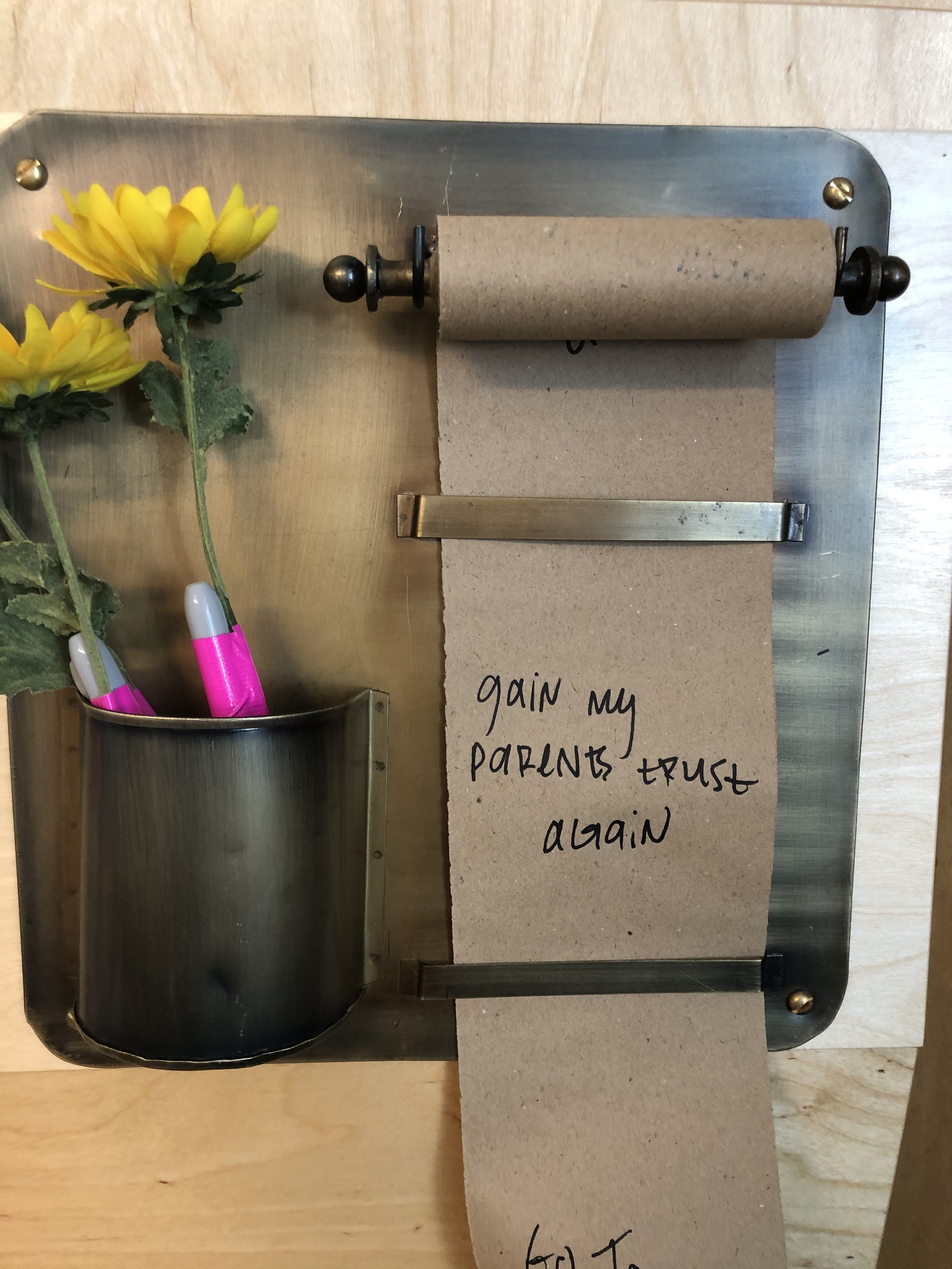Hopes & Dreams for Everyone
Have you ever thought about what’s on your “Bucket List”?
Have you ever written it down?
Goal setting
The future is hopeful -
if you think of something to hope for.
A wise friend used to say, “If you’re going to worry about things that may not happen, you might as well make it positive, and daydream instead.”
Having something positive to look forward to - to work for, plan, and even save up money for - is a tool that can alleviate depression (especially in those dreary winter seasons).
Everyone is motivated by different things. Maybe you want to run a marathon - but need to work on taking a one mile walk first. Or you want to publish a book of poetry - better spend a few minutes today jotting down ideas.
Envisioning the future is a first step in setting a goal.
Mental Health
Writing down a goal
increases the likelihood
you will achieve it.
Mental health providers usually begin working with a patient by asking,
“What would you like to achieve?”
Studies have found that patients who set concrete, measurable goals are more likely to stay in treatment. Goals might be as simple as “I want to be able to fight less with my parents.” or “I want to be able to get up and get to school every day.” Setting goals can be used as part of Cognitive Behavioral Therapy (CBT) to start the process of getting well and rebuilding a meaningful life.
Goals are as individual as people.
And “Hopes & Dreams” are just big-time goals.
Sometimes, people experience a criss when the REACH a long-held goal - and then ask, “now what?” Think of Olympic athletes who win medals, but then have to find meaning in life after their peak athletic years. Or people who look forward to retirement, but have to find new activities to have structure in their lives.


